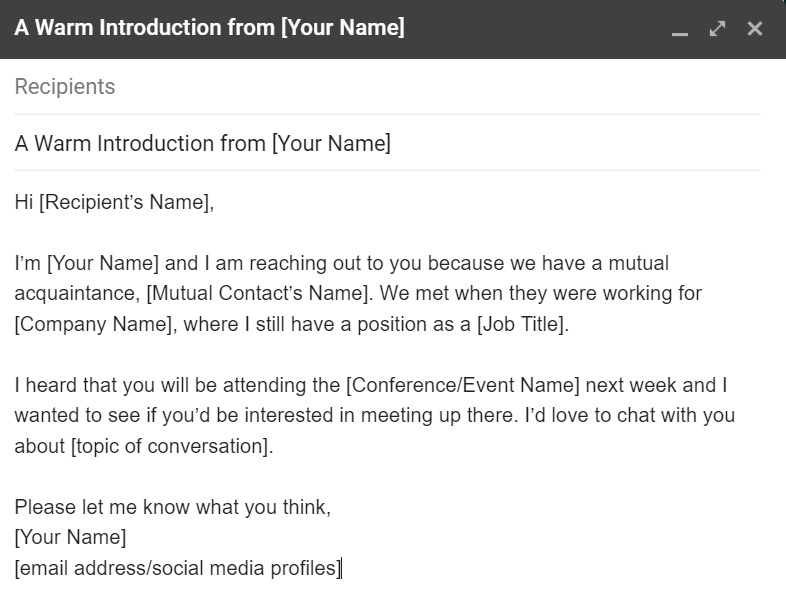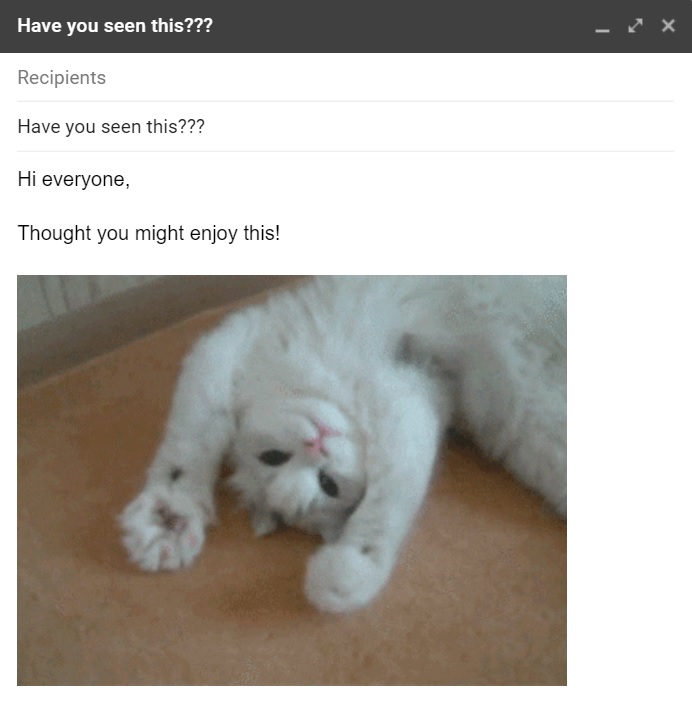
Learn what not to do when writing business emails with these examples of poorly written emails. Follow these tips to avoid making the same mistakes yourself, and improve your professional image.
Categories:
As a quick and efficient way to get in touch with people, email is a huge part of business communication. It can be a great way to build relationships with potential clients, existing customers, team members, stakeholders, and potential collaborators.
However, if you’re not careful, your emails can come across as unprofessional or even rude.
In this blog post, we will take a look at some examples of poorly written emails and discuss how to avoid making the same mistakes yourself and then having to come up with apology messages.
Email is one of the most important tools in any business owner or employee’s toolkit since this method of communication can be used for everything from marketing, through cold email outreach, to customer service. However, if not done correctly, email can do more harm than good.
That’s why it’s useful to have some examples of unprofessional email practices to refer to before sending out any messages to potential customers or colleagues.
By knowing what not to do, you will be able to write effective business emails instead of ones that don’t even get opened or – worse still – harm your professional image.
The subject line of every email you send needs to be concise and relevant to the content of the message. As such, always state the topic of your email in the header and not just something vague like “hello”.
For instance, if you are sending an email to connect with someone who you met at a recent event, a subject line such as “Nice to have met you at the conference last week” will provide some context to the recipient. They will know exactly what the email is about and make for a much more effective email than just “Hey, let’s catch up”, which is likely to be ignored or skipped in a crowded inbox.

It is even more important to clarify what your message is about in the subject line if you are cold emailing, as the recipient won’t recognize your sender’s name.
When an email is replied to and the conversation moves along, it’s typical for the subject line to be prepended with “RE: “. This is an acceptable practice as long as the topic of the discussion hasn’t altered, in which case it’s best if the header changes to stay relevant to the current subject and a new email thread is created accordingly.
Additionally, you should always avoid using all caps or excessive exclamation points in your subject line, as this can come across as aggressive or unprofessional. What’s more, the use of such formatting or punctuation could trigger spam filters and prevent your message from landing in the recipient’s main email inbox.
For the email body, it’s important to use a courteous and professional tone. This means not using any slang, abbreviations, or jargon that the recipient might not understand, as well as emoticons that have no place in formal communication.
It’s also best to avoid making jokes, witty remarks or sarcasm, as it doesn’t translate well in text and could lead to awkward or even unpleasant misunderstandings. The same goes for complaining or gossiping about colleagues or home life, which should be confined to personal emails.
Additionally, keep your email messages as brief and concise as possible. No one wants to read a long and rambling email, so get straight to the point and provide any relevant information or attachments up front.

Excessive capitalization in the body of the email, as in the case of the subject line, can also come across as aggressive and potentially trigger spam filters. It is also unnecessary to use different colors and/or fonts because custom text might still show up in the default way for the recipient or, worse still, be illegible.
Starting the body of your message with a poor and ineffective line opening is another surefire way to make a bad impression. Some of the commonplaces include “Hi there”, and “I hope this email finds you well”. These lines are often overused and clichéd.
Formatting your email as something other than a business letter is another blunder. This includes the aforementioned capitalization, colors and fonts, as well as adding videos or images that are not relevant to the discussion.
Another element of a bad email would be the inclusion of unclear Calls to Action (CTAs) or their overuse. An instruction to the email recipient telling them what to do next, such as “Please call me back at your earliest convenience”, can be effective. However, if your CTAs are vague or there are a number of them, they could be ignored completely.